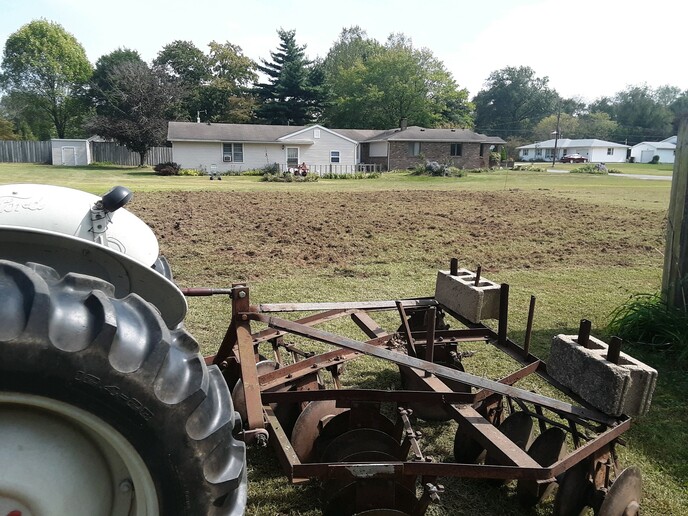I have to make about a 1/4 miles graded driveway with a pretty steep pitch. I have an est from a dirt company of $3600. I found a Cat D2 that will do the job for about $5000, and I'd rather buy that and DIY, than pay the dirt guy.
I drove a AC dozer once about 50 feet, but know nothing about the dozing process. Like many other jobs I've done, I want to learn it, and get the work done without paying someone else.
One could say, my spending extra $2400 is the fee for me to learn how to doze a driveway.
What should I know to start? Presuming the dozer works as designed, and the blade operates nominally.
I drove a AC dozer once about 50 feet, but know nothing about the dozing process. Like many other jobs I've done, I want to learn it, and get the work done without paying someone else.
One could say, my spending extra $2400 is the fee for me to learn how to doze a driveway.
What should I know to start? Presuming the dozer works as designed, and the blade operates nominally.


